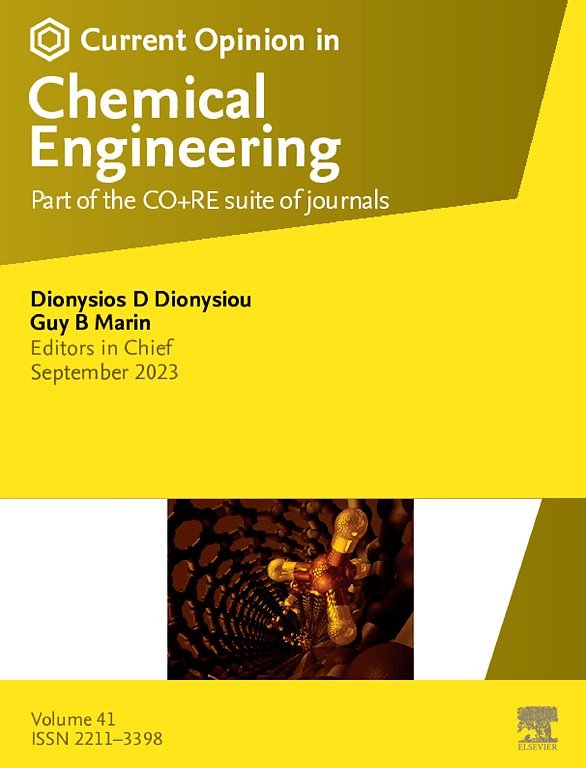利用空化强化物理和化学处理:我们离水动力空化的商业应用还有多远?
IF 6.8
2区 工程技术
Q1 BIOTECHNOLOGY & APPLIED MICROBIOLOGY
引用次数: 0
摘要
空化——液体中气泡的形成、增长和随后的剧烈破裂——是由局部压降引起的,压降触发液体蒸发或溶解气体核的膨胀。本文综述了空化的最新技术进展,评估了空化的检测和量化方法。它强调了HC在废水处理(例如通过化学处理的污染物降解)和材料合成和加工(例如通过物理效应的粒度控制和细胞壁破坏)等领域的变革性应用。现有的试点规模的实施也进行了审查,重点是反应堆的设计,操作参数,以及紧迫的问题:我们离广泛的商业部署还有多远?在弥合实验室研究和工业实践之间的差距的背景下,讨论了主要挑战,包括提高能源效率和制定强有力的规模扩大战略。虽然已经取得了重大进展,但这些领域的持续研究和开发对于充分实现空化的商业潜力至关重要。本文章由计算机程序翻译,如有差异,请以英文原文为准。
Intensified physical and chemical processing using cavitation: how far are we from commercial applications of hydrodynamic cavitation?
Cavitation — the formation, growth, and subsequent violent collapse of bubbles in a liquid — arises from localized pressure drops that trigger either liquid vaporization or the expansion of dissolved gas nuclei. This review examines recent technological advancements in cavitation, assessing its detection and quantification methods. It highlights transformative HC applications in areas such as wastewater treatment (e.g. pollutant degradation via chemical processing) and material synthesis and processing (e.g. particle size control and cell wall disruption via physical effects). Existing pilot-scale implementations are also reviewed, with an emphasis on reactor design, operational parameters, and the pressing question: How close are we to widespread commercial deployment? Key challenges, including enhancing energy efficiency and developing robust scale-up strategies, are discussed in the context of bridging the gap between laboratory research and industrial practice. While significant progress has been made, continued research and development in these areas are essential to fully realize the commercial potential of cavitation.
求助全文
通过发布文献求助,成功后即可免费获取论文全文。
去求助
来源期刊

Current Opinion in Chemical Engineering
BIOTECHNOLOGY & APPLIED MICROBIOLOGYENGINE-ENGINEERING, CHEMICAL
CiteScore
12.80
自引率
3.00%
发文量
114
期刊介绍:
Current Opinion in Chemical Engineering is devoted to bringing forth short and focused review articles written by experts on current advances in different areas of chemical engineering. Only invited review articles will be published.
The goals of each review article in Current Opinion in Chemical Engineering are:
1. To acquaint the reader/researcher with the most important recent papers in the given topic.
2. To provide the reader with the views/opinions of the expert in each topic.
The reviews are short (about 2500 words or 5-10 printed pages with figures) and serve as an invaluable source of information for researchers, teachers, professionals and students. The reviews also aim to stimulate exchange of ideas among experts.
Themed sections:
Each review will focus on particular aspects of one of the following themed sections of chemical engineering:
1. Nanotechnology
2. Energy and environmental engineering
3. Biotechnology and bioprocess engineering
4. Biological engineering (covering tissue engineering, regenerative medicine, drug delivery)
5. Separation engineering (covering membrane technologies, adsorbents, desalination, distillation etc.)
6. Materials engineering (covering biomaterials, inorganic especially ceramic materials, nanostructured materials).
7. Process systems engineering
8. Reaction engineering and catalysis.
 求助内容:
求助内容: 应助结果提醒方式:
应助结果提醒方式:


